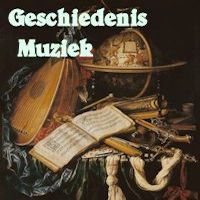
Toms Luis de Victoria was the most illustrious Spanish composer in the Renaissance. He was born in Acutevila. He studied in Rome, probably with the Italian composer, Giovanni Pierluigi da Palestrina, whom he succeeded in 1571 as musical director of the Collegium Romanum.
Between 1578 and 1585, he collaborated with the Italian priest, Felipe Neri, in the composition of religious music that was the culmination of XVIth Century style, although his works of this type are not extant. Starting in 1586 he was named chaplain for the Spanish Dowager Empress María (the widow of the Emperor Maximilian II), and he settled in Madrid where he died in 1611.
From a musical point of view, his 20 masses and 44 motets are, on the one hand, conservative in the skilled employment of the counterpoint and in their coherent polyphonic texture, and, on the other, they are innovative for the deep moving expression of the text with a very Spanish mystical intensity.
Victoria’s music reached great fame in its time, especially his masses, and, though unusual, all his works were published in the composer’s lifetime. At the moment, Victoria perhaps is better known for his motets, although two more important works are: the Officium Hebdomadae Sanctae and the Officium Defunctorum. Both are monumental works of universal music. Victoria did not write any secular music.
